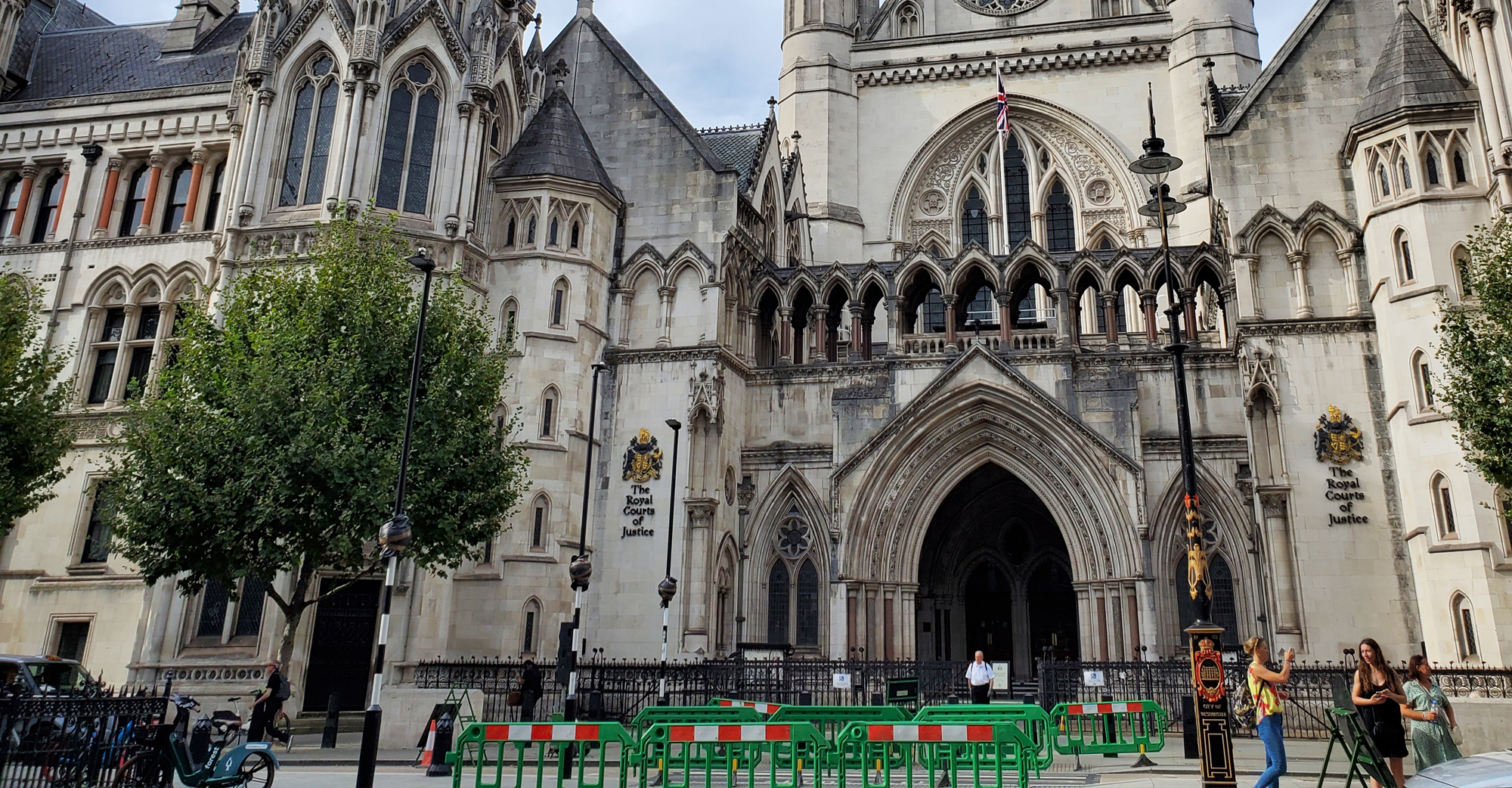Answer: China
China (10.42 Billion Gallons)
Because of its enormous population, as well as factors such as climate change and pollution, the chore of providing clean, drinkable water to a sizable portion of China’s citizens has become a task that’s becoming harder and harder to achieve. Despite the popularity of bottled water, problems have been reported regarding the quality of these beverages. Although most consumers believe that bottled water is safer and healthier than tap water, unfortunately this isn’t always the case. Studies by The National Food and Drug Administration have shown that in many cases commercially bottled water has failed government-mandated quality checks. Chinese citizens who purchase bottled water also have to be aware of an array of cases involving so called “fake water”. This is water which hasn’t used appropriate purification, and may simply be untreated tap water, or come from illegal wells or unregulated bottling companies. Such retail practices are not only immoral, but downright dangerous to people's health.
U.S. (10.13 Billion Gallons)
According to the estimates of the US Census Bureau, in 2016 the population of the United States of America will have reached 322,369,319 people, thus making it the third most populated country in the world. Because of its varied geography and climate zones, the U.S. faces an array of environmental issues, as well as problems with regional infrastructure regarding the supply, treatment, and distribution of clean drinking water. According to statistics from the Beverage Marketing Corporation, during 2008 alone, Americans purchased 8.6 billion gallons of bottled water. Three years later, sales figures had risen to a whopping 9.1 billion gallons, and today even stands well beyond that figure. About a quarter of this bottled water originates from domestic water systems, where it then undergoes a purification process.
Mexico (8.23 Billion Gallons)
Mexico covers an area of over 760,000 square miles, and is home to almost 120,000,000 people. A shortage of clean drinkable water, as well as issues relating to poor water quality and inadequate waste-water treatment, are all significant problems in the country. In recent years, Mexico has also implemented a tax on sugary drinks, which amounts to one peso per liter. The nation’s bottled water market is split between three companies. Namely, these are Bonafont (made by Danone), Ciel (from Coca-Cola), and Epura (from Pepsi Co.). It’s been suggested that Mexico’s appetite for bottled water initially began in earnest in 1985, after the nation suffered a devastating earthquake which severely damaged its utilities' infrastructures.
Indonesia (4.82 Billion Gallons)
Indonesia is made up of thousands of islands located off the shorelines of mainland southeastern Asia. According to Euromonitor International, the most popular brand of bottled water in the country is Danone Aqua, which captured almost half of all sales there in 2015. Indonesia’s bottled water industry is fueled by factors such as urbanization and a growing population rate. As in many countries around the world, local Indonesians are becoming better educated, and thus more concerned about the quality of their tap water, and have often opted to switch to commercially bottled water. The Indonesian Association of Bottled Drinking Water Companies reported that sales of such beverages rose from 12.8 billion liters in 2009 to 23.1 billion liters in 2014.
Brazil (4.80 Billion Gallons)
Brazil occupies over 3,000,000 square miles of South America. It's home to an estimated population of 205,338,000 citizens. Water pollution is one of the major environmental concerns facing residents of the country, with those individuals most at risk living in rural areas, as well as in Brazil's infamous urban slums. Poor water purification practices have put thousands of people at risk for contracting water-borne diseases. The Brazilian Health Surveillance Agency is responsible for overseeing, inspecting, and regulating the nation’s bottled water industry. Both still and sparkling varieties of bottled water are available to Brazilian consumers from an industry which is dominated by large international companies, such as Nestle and Danone. Brazilians have also embraced consuming so called "premium" bottled water for regular domestic use.
